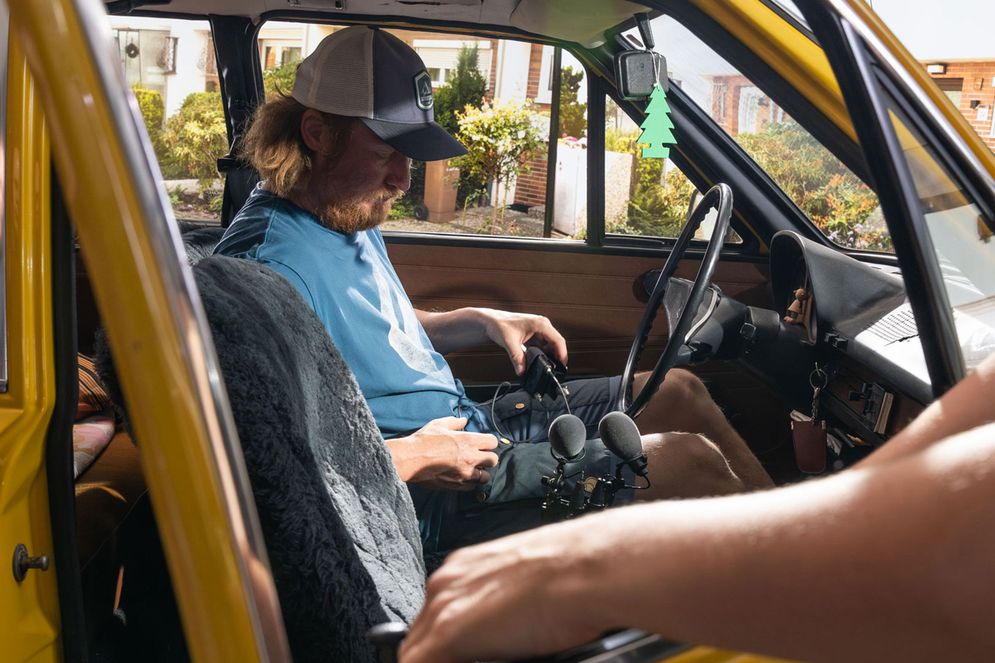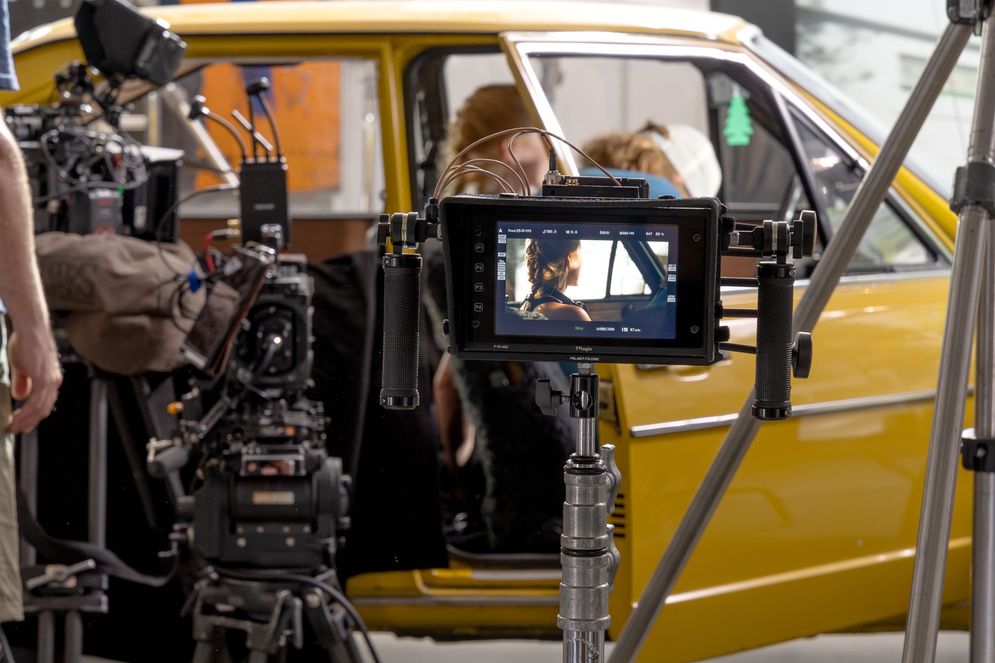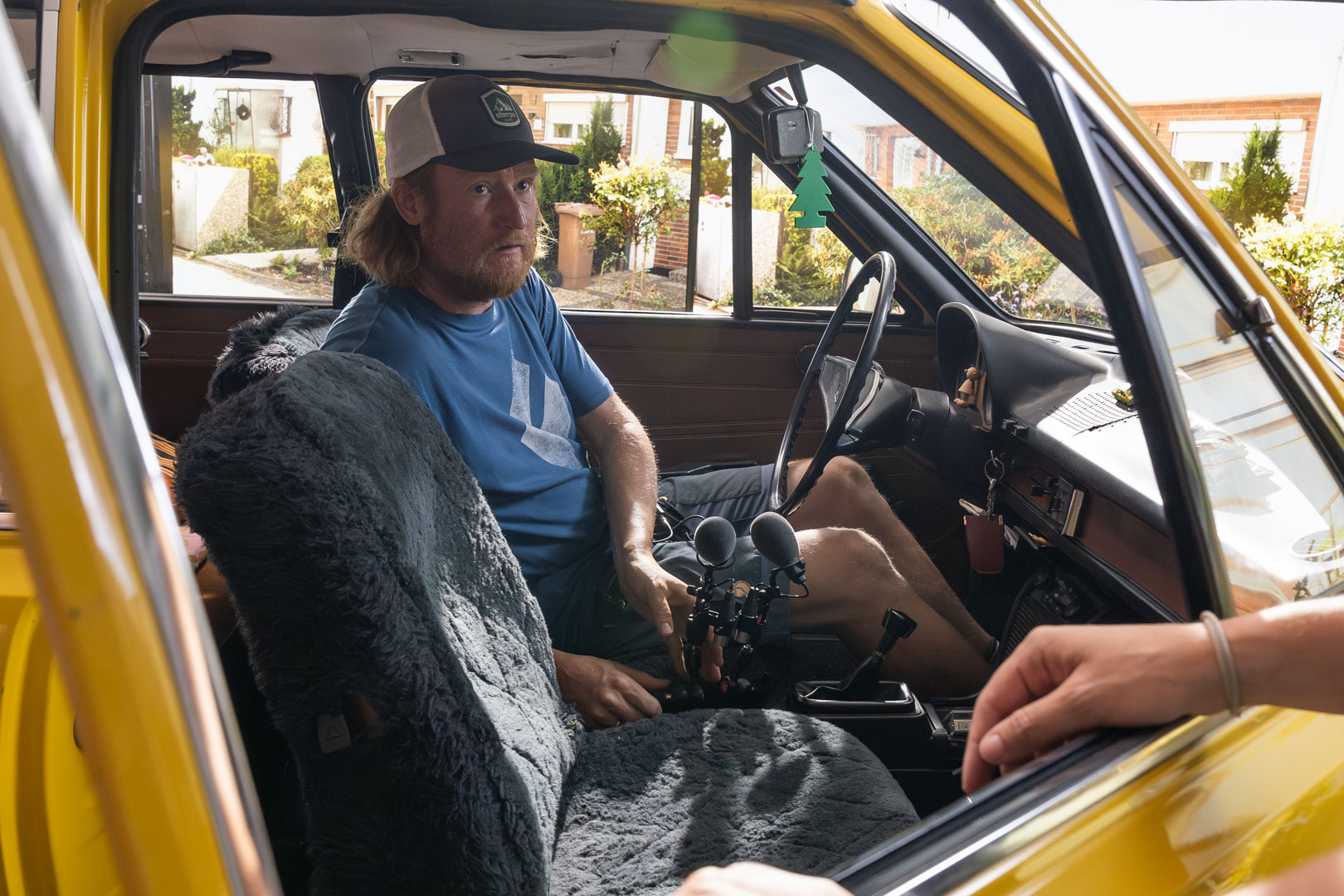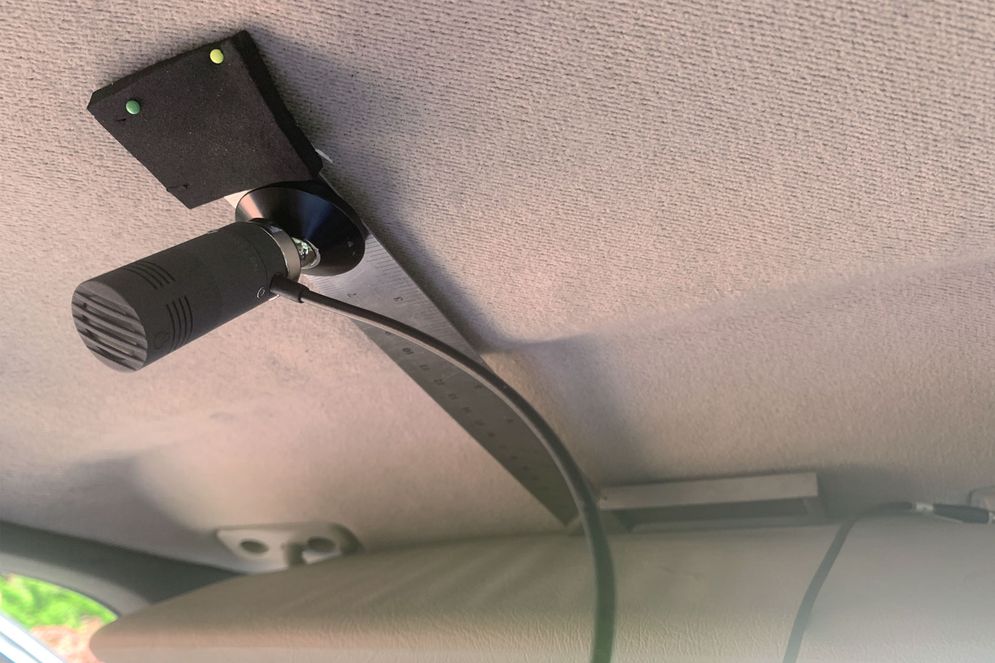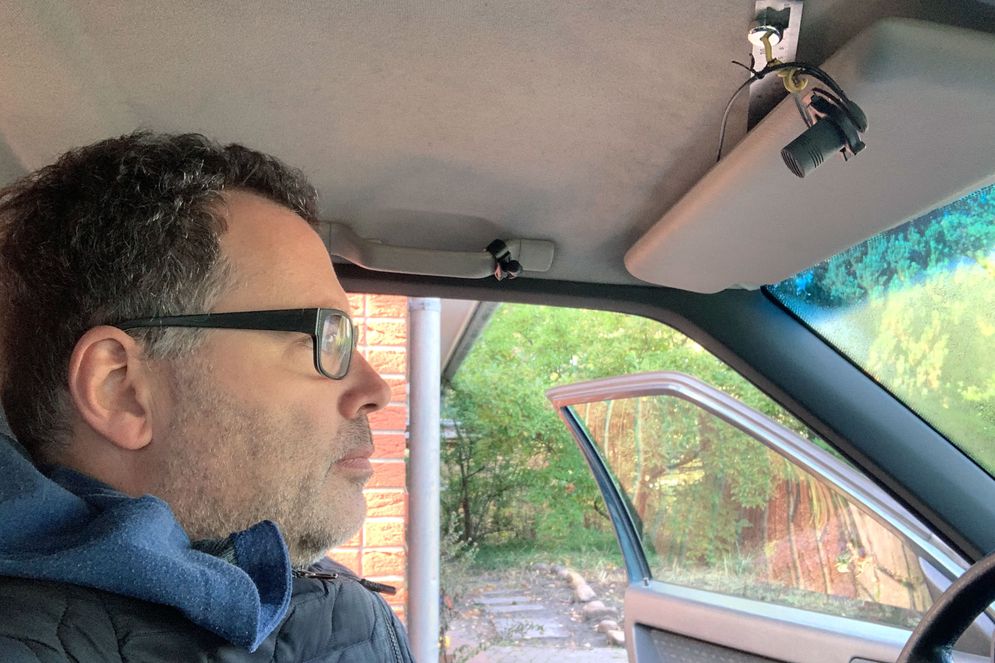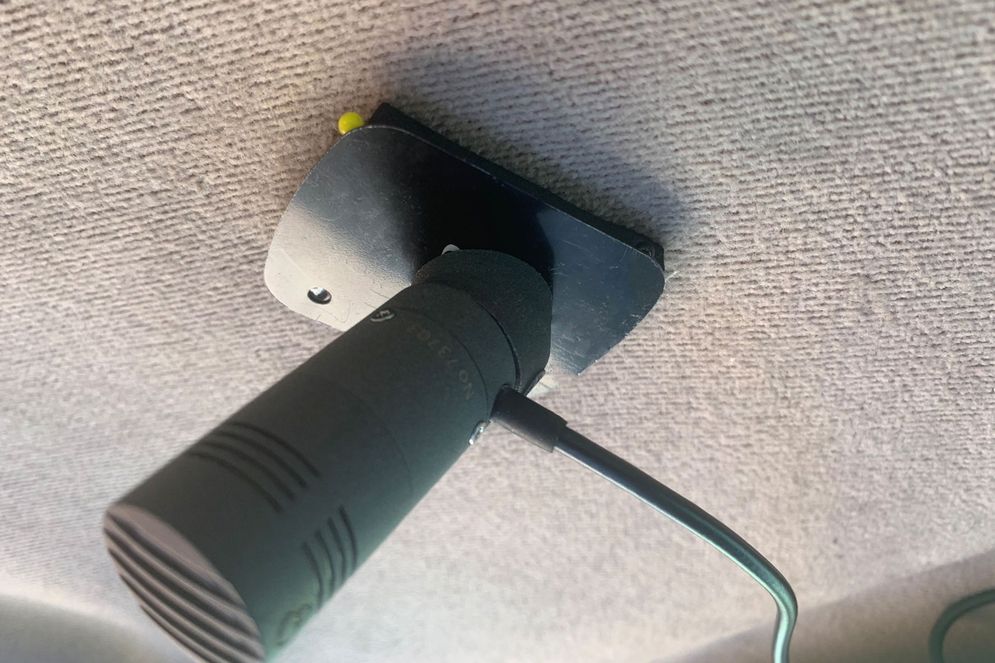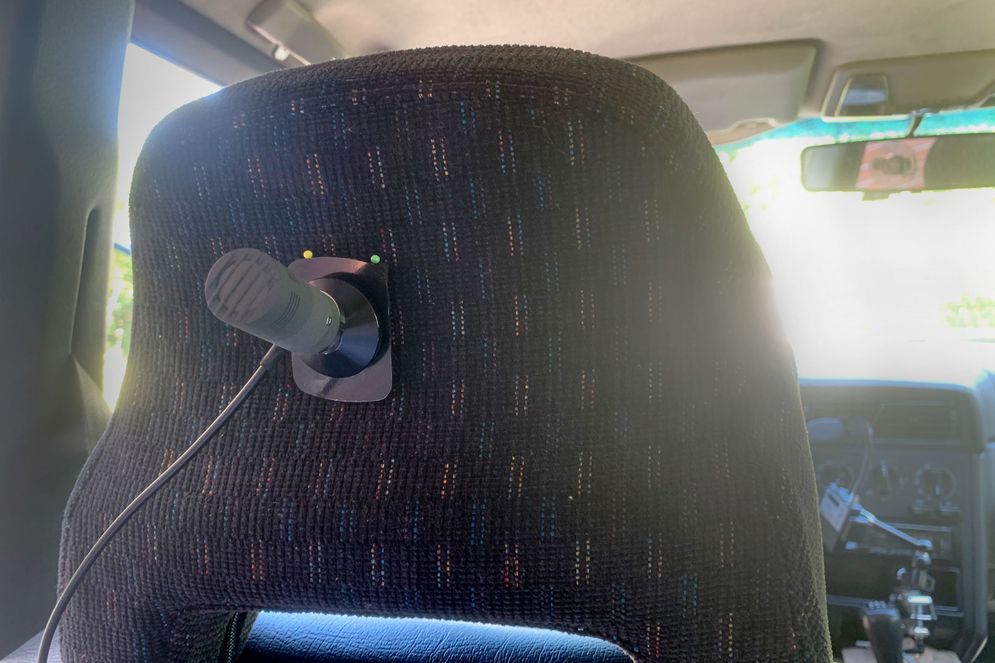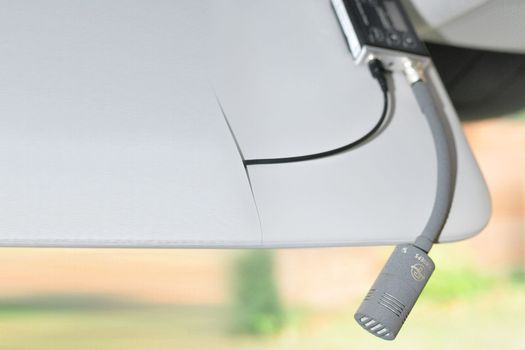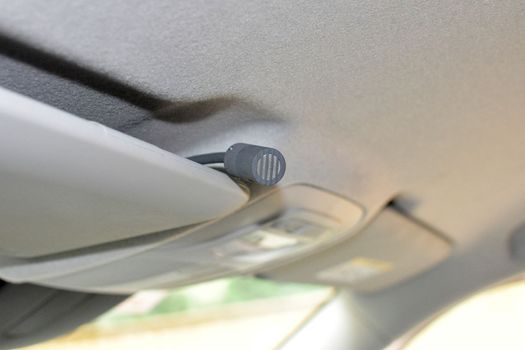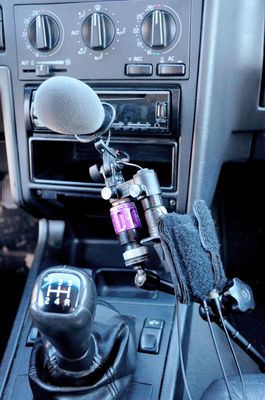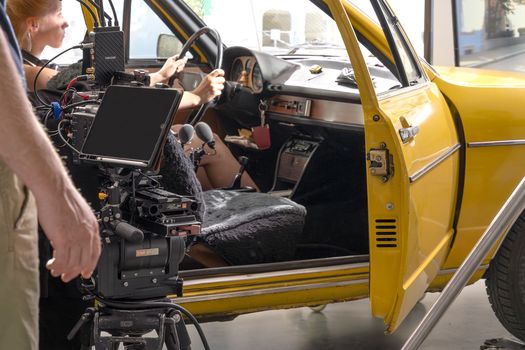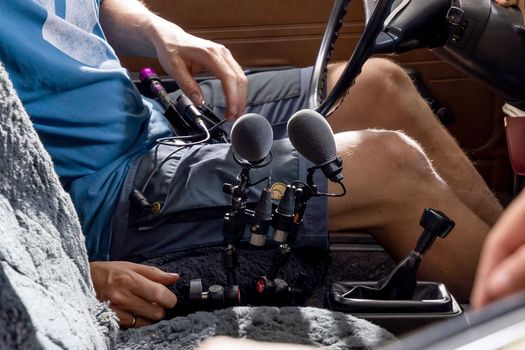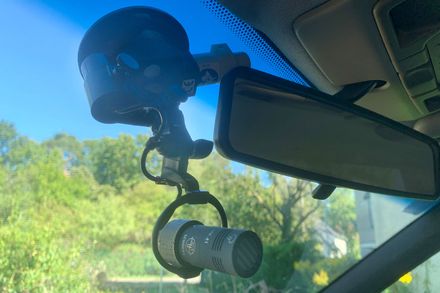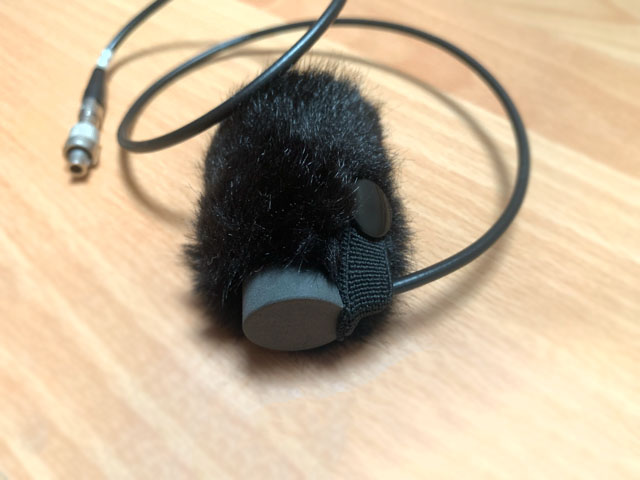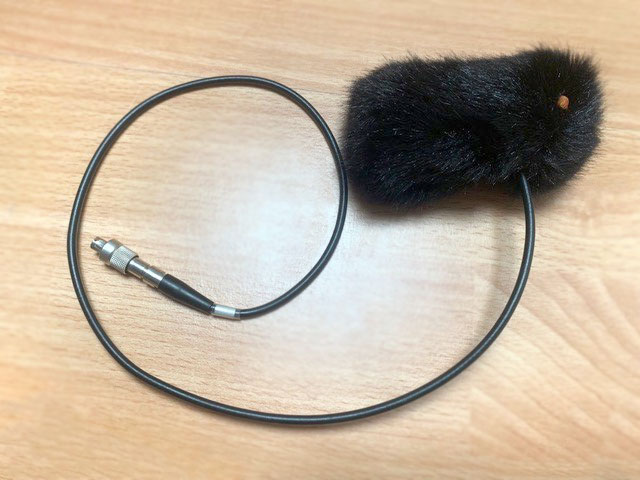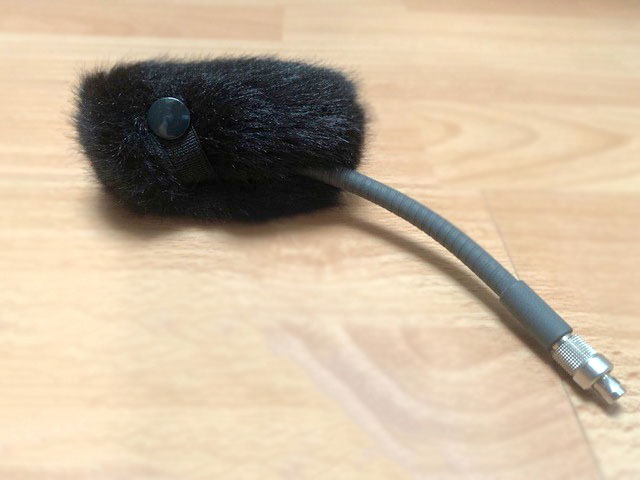Author: Matthias Richter, Production Sound Mixer
Photos: Matthias Richter, André Zacher
Recording dialog in a car always presents us sound engineers with unique challenges.
These include:
- For good speech intelligibility, the ratio of speech to road noise must be as great as possible, with the microphone placed near the actor’s mouth.
- The microphones must be installed (almost) invisibly
- It must be possible to change the setup very quickly to adapt to changing camera settings
- Different cars offer different surface materials and mounting points for attaching microphones
- Two cameras are often used in parallel, which makes "hiding" even more difficult
- Head and body motions of the actors cannot be compensated as one does with a boom; thus additional spot mikes may be necessary
- Open windows make sound recording even more difficult; noise and reverberation from outside the vehicle influence the recording, and the necessary windscreen (if the car is actually moving) increases the size of what has to be concealed
